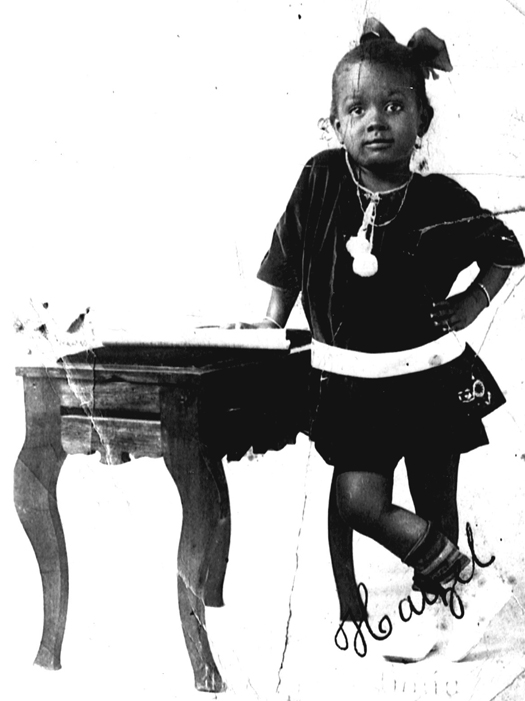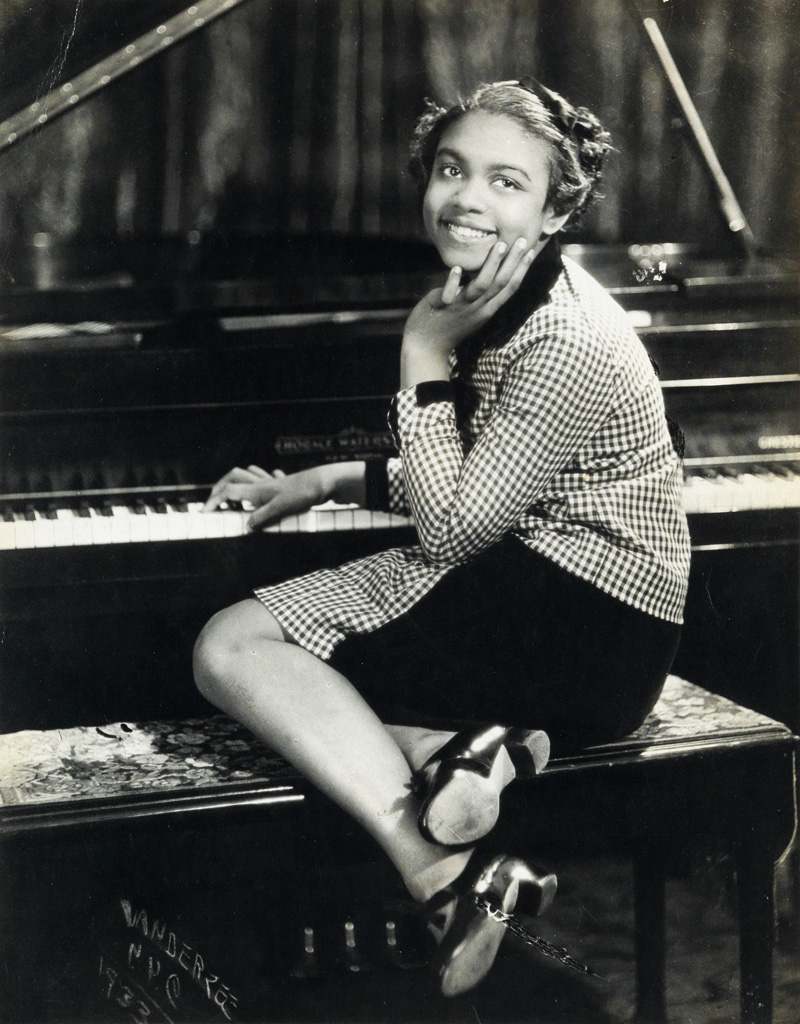STARRING HAZEL SCOTT: TAKING A SWING AT SEGREGATION
BACKGROUND
Hazel Scott’s childhood and family catalyzed her career and worldview.
Hazel Scott was born on June 11, 1920 in Trinidad. Her father was a scholar and her mother, Alma Long Scott, a classical pianist turned music teacher when pain ended her career.

[2]
Her distant father already in the United States, Hazel and her mother immigrated to Harlem, New York in 1924.
The formerly middle-class Scotts each reacted to US racism differently. Hazel’s mother worked hard wherever she could. Hazel’s father sought and was repeatedly denied work that matched his education, attracting him to Black nationalist Marcus Garvey, whom he saw with Hazel during their few interactions.
As Hazel sought the piano as refuge, her mother began to formally train her. By age eight, Hazel was winning contests and her mother arranged a Juilliard audition.
Ascent
Needing employment during the Great Depression, Hazel’s mother learned saxophone.
Hazel’s performances gained visibility, furthered by concert opportunities, a radio contract, Broadway performances, and having her own band.
Hazel’s talent began to be noticed as she confronted racism.

[4]
Header images: Scott playing in I Dood It, 1943, YouTube
[1] Luther Davis and John Cleveland, "Hi, Hazel!" April 18, 1942
[2] "Little Miss Hazel Scott' at the age of three or four," University of Michigan Press
[3] Louie Robinson, "Hazel Scott Comes Home to the 'Action,'" Ebony, March 1968
[4] Hazel Scott at 13, 1933, Swann Auction Galleries
Anita Dinakar
Starring Hazel Scott: Taking a Swing at Segregation
Senior Individual Website
Website Word Count: 1200
Multimedia Length: 2 minutes and 59 seconds
Process Paper Word Count: 500